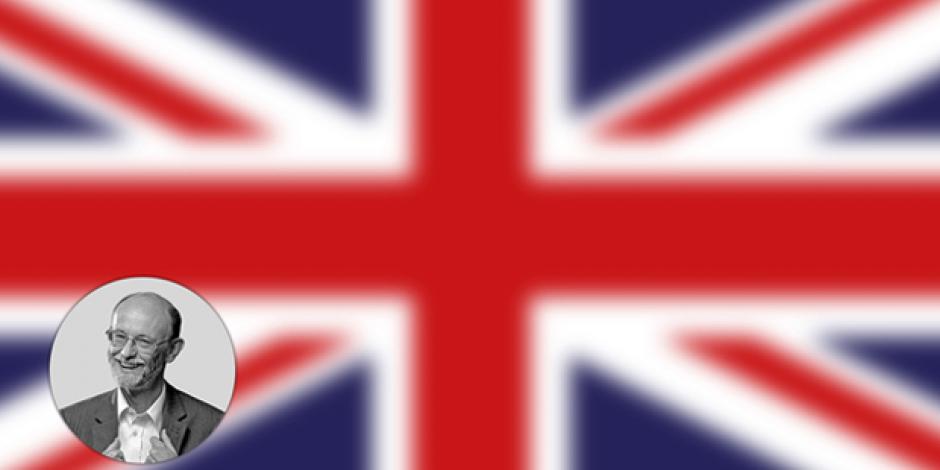Starten Sie den Audio-Text
Mit dem Audio-Player können Sie sich den Text anhören. Darunter finden Sie das Transkript.
Transcript: Rebuilding Britain — brick by plastic brick
Since 1949, the Danish toy company Lego has been producing its famous plastic bricks. All these years later, Lego is still one of the most successful toy brandMarkebrands in the world. In Britain Today, Colin Beaven wonders if rebuilding the UK would be any easier if Lego brickZiegel; hier: Bausteinbricks were used.
As long as Father Christmas brings Lego, everyone is sure to be happy. What enormous quantities he must have to carry so that children can open their presents on Christmas morning and say to their parents: “Wow! He’s brought the one you wanted.”
Yes, choosing Lego is at least as much fun for parents as for children. And once the wrapping paperGeschenkpapierwrapping paper has been removed, it’s a race to roll up your sleevesÄrmelsleeves and start building — be it a police station, service stationReparaturwerkstatt, Tankstelleservice station, bus station or, best of all, a pizzeria.
Are there enough of these kits to make a complete Lego town as Christmases go by and more and more presents arrive? No, but of course, that isn’t important. If you want to create an accurate plastic model of a modern British town, you reusewiederverwendenreuse what you’ve already got. Britain’s buildings get recycled, and so should your Lego.
Something as permanent as a church, for example, can easily become a wine bar if it’s no longer needed. It’s a sad moment when the vicarPfarrervicar has to go and leaves the corkscrewKorkenziehercorkscrew behind that was used at Communion services. Still, it makes a nice house-warmingEinweihungs-house-warming present for the church’s new owners.
Paradoxically, cinemas can become churches — at least the modern sort where people seem to have fun. But that’s the minority; the majority become bingo halls, or they simply get demolished. Schools, though, have generally been quite stable. Since the 1970s, most have been comprehensive (school)hier: Gesamtschulecomprehensive: they accept children whether their markhier: Schulnotemarks are high or low. Before that, children were divided. The brighter ones went to grammar school (UK)Gymnasiumgrammar schools; the rest went to secondary modern (school) (UK)Mittelschule, Realschulesecondary moderns.
There are still a few grammar schools, and before the election in June, Theresa May said she wanted lots more — which would have turned comprehensives into secondary moderns, since the brighter children wouldn’t be there.
These plans were soon dropped, however. But what if Lego had already started to produce grammar-school kits as this year’s essential Christmas present? Not to worry; someone in the factory would have had great fun taking them all to pieces and turning them into something different.
We do, after all, have plenty of other sorts of school to choose from: academies, faithGlaubens-faith schools and free schools. The name “free school” doesn’t mean that the other sorts are schools you have to pay for. Free schools are simply free from the control of local councils. But most schools in Britain are still comprehensive, and they’re now so short of money that many have had to to sack (ifml.)entlassensack teachers. Teachers are one thing it’s hard to make out of old Lego material.
In case it helps, though, schools could try copying Durham Cathedral. This wonderful building now has a wonderful model of itself made with Lego — 300,000 bricks of it, all paid for by visitors, at a cost of ₤1 per brick.
Neugierig auf mehr?
Dann nutzen Sie die Möglichkeit und stellen Sie sich Ihr optimales Abo ganz nach Ihren Wünschen zusammen.



